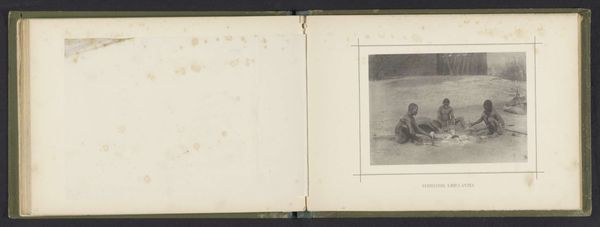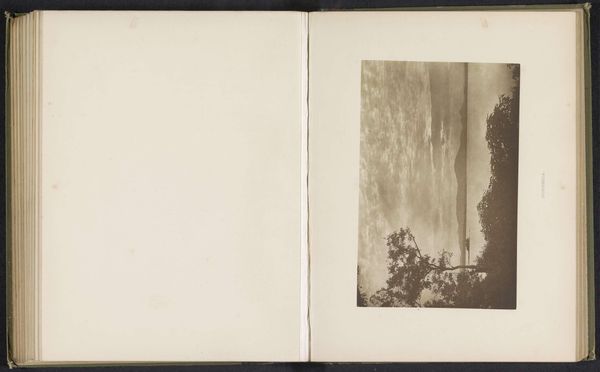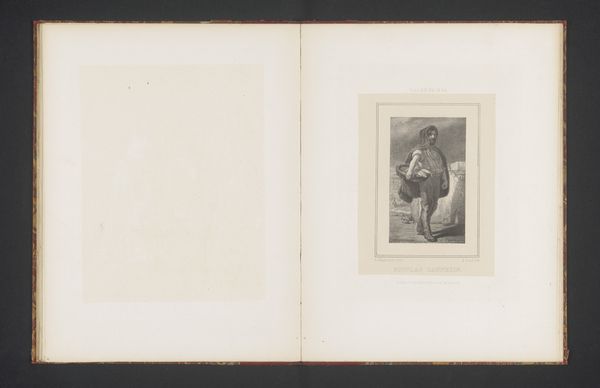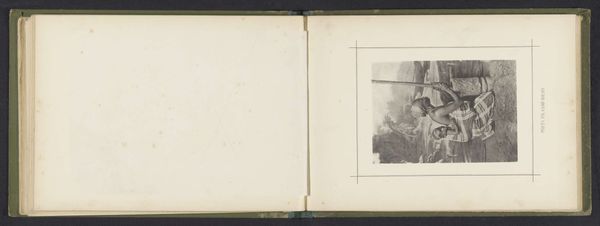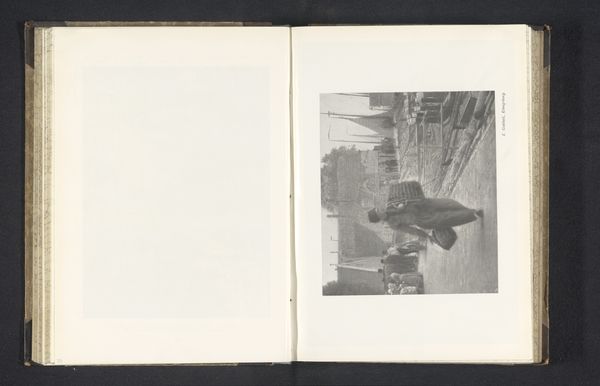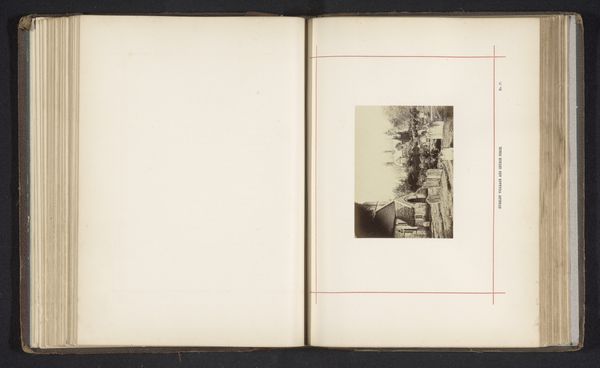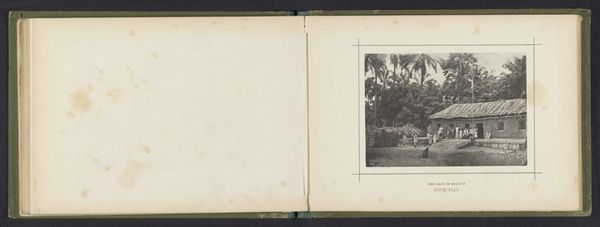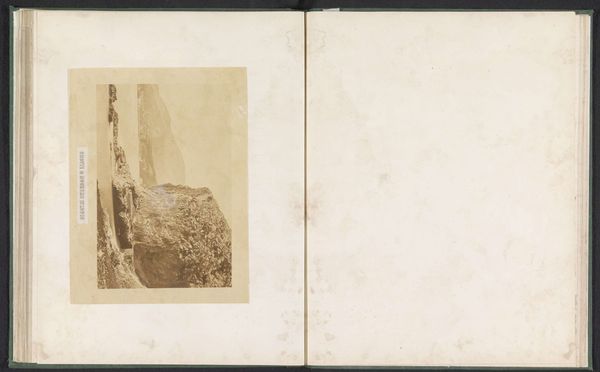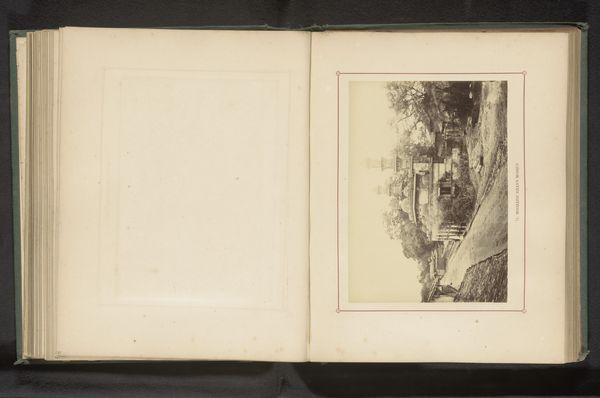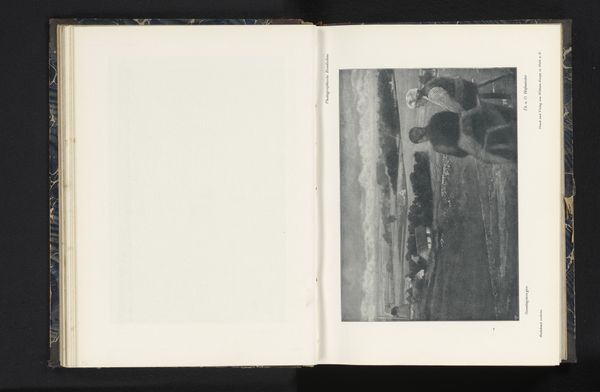
#
aged paper
#
script typography
#
sketch book
#
hand drawn type
#
personal sketchbook
#
hand-drawn typeface
#
pen-ink sketch
#
pen work
#
sketchbook drawing
#
sketchbook art
Dimensions: height 114 mm, width 163 mm
Copyright: Rijks Museum: Open Domain
Editor: This is "Groepsportret van acht inwoners van Quiçama" or "Group portrait of eight inhabitants of Quiçama," created before 1886 by José Augusto da Cunha Moraes. It's a pen-ink sketch within a sketchbook. I'm immediately struck by the subjects' direct gazes, and how this is placed within the confines of what feels like a personal document, almost like visual ethnography. What strikes you most about it? Curator: What's powerful here is the intersection of portraiture and the colonial gaze. Moraes, in documenting the inhabitants of Quiçama, participates in a long history of representing marginalized communities. Consider how power dynamics are embedded in the act of representation itself. Who is doing the seeing, and for what purpose? What narratives are being imposed on these individuals? Editor: That's fascinating. It makes me think about the ethics of representation, especially in a colonial context. Were these portraits commissioned, or were they created as part of a personal project? How might that affect how we interpret them? Curator: Exactly! Understanding the context surrounding the creation of this sketchbook is crucial. Consider how gender and race intersect here. Are the subjects presented in a way that reinforces colonial stereotypes? How might their own voices be silenced in this image? The work can then become more about European fascination and control, rather than humanistic depiction of the depicted inhabitants. Editor: I see what you mean. By considering those factors, the image becomes less about objective documentation and more about a dialogue—or perhaps a power struggle—between the artist and the subjects, and even between the image and the contemporary viewer. Curator: Precisely. We're not just looking at a historical artifact; we're engaging with a visual representation of complex social dynamics, which has important implications for representation today. It challenges us to examine our own biases. Editor: That gives me a lot to think about, shifting my understanding of the image. I’ll be thinking of this as a case study in visual representation!
Comments
No comments
Be the first to comment and join the conversation on the ultimate creative platform.
